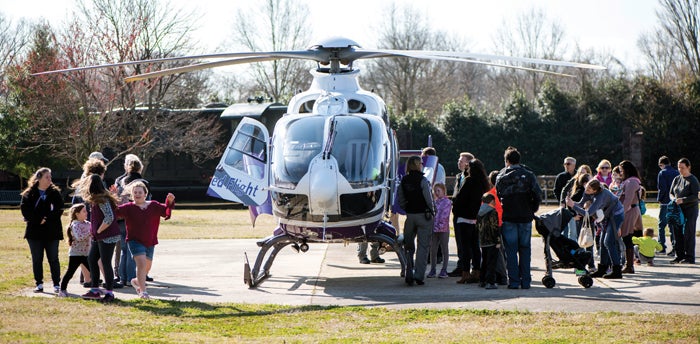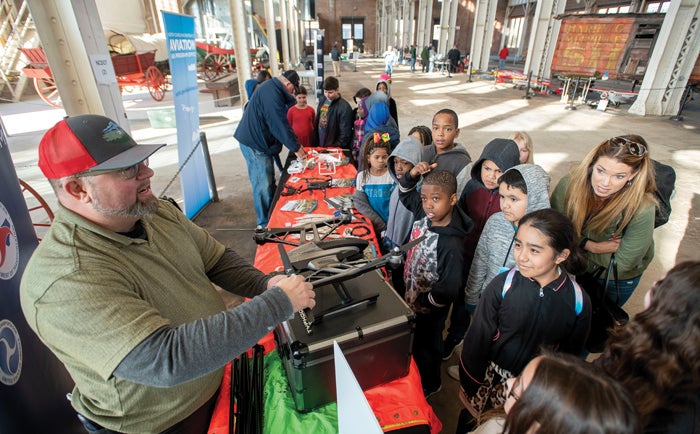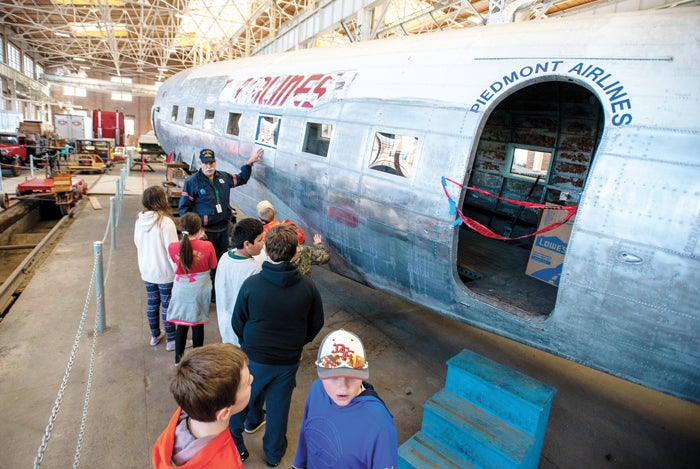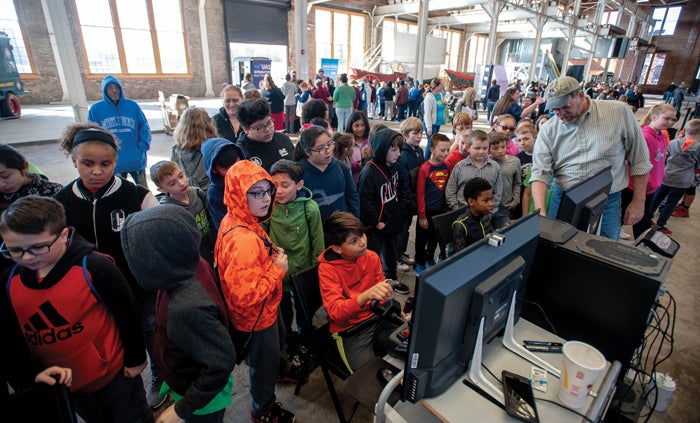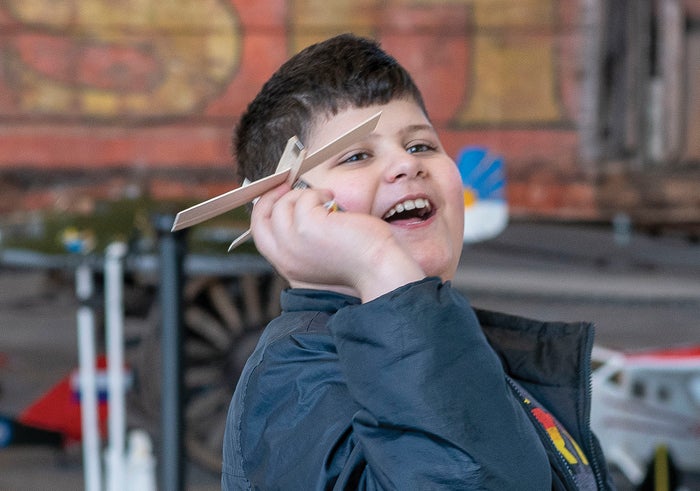Wind & Wings: N.C. Transportation presents the science of flight to youngsters
Published 12:00 am Sunday, March 24, 2019
By Maggie Blackwell
For the Salisbury Post
About 1,000 students streamed into the North Carolina Transportation Museum on Friday to participate in the “Wind & Wings: The Science of Flight” exhibit.
Home schoolers and public school students alike learned about flight through 13 hands-on exhibits.
High schoolers participated in a SAS programming exercise in which they tracked what flights might be overhead. They also learned about aviation careers from a pilot, air traffic controller and more.
Elementary students learned about how a plane is constructed; did experiments with air pressure; played with balsa wood flyers; saw remote control airplanes; built kites and paper rockets and more.
Leslie Goddard, an Amelia Earhart portrayer, spoke to them, recounting her adventures in the air.
The “Wind & Wings” exhibit is a culmination from the prior “Learning to Fly” exhibit the museum has hosted for about 10 years, museum Information and Communications Specialist Mark Brown says.
The exhibit has proven to be a very popular one, he says, with more sponsorships than other exhibits. While it’s a challenge to appeal to all grades from kindergarten to high school seniors, Brown says they’ve been able to target all ages quite well.
As 1,000 students streamed onto the property, it became apparent the museum had meticulously planned for the event. Each bus was met with a little tractor to transport the students’ lunches and towels for sitting to the correct locations. Each classroom was met by a volunteer who personally walked them to their designated starting point. All tours were organized so that one class group at a time worked with each exhibit. It was an exacting schedule, but it worked because of the precise organization.
Abby Covington’s fourth grade class from Millbridge Elementary school was one of the groups to tour the exhibit.
London Jenkins was “really, really, really excited, because I’ve been here twice before. It’s really neat.”
One class favorite was a tour of an old DC-3 that showed the students how aluminum and fabric were both used to cover the exterior, in order to keep the craft as light as possible. Students felt the rivets that kept the skin on the plane. They saw how small the doorway was and saw seating for only 23 passengers.
Another station taught the students about air pressure. Demonstrators turned a quart of water upside down with only a small paper covering the opening, and nothing spilled, because of the water pressure holding the paper tight. Students saw an aluminum can produce steam, then collapse when submerged in cool water. They tried to pull two disks apart, even lining up to participate in the tug of war.
Bradley Singleton said, “I like to see everyone working on airplanes,” and Hudson Pitre agreed. “I liked the plane the most.”


